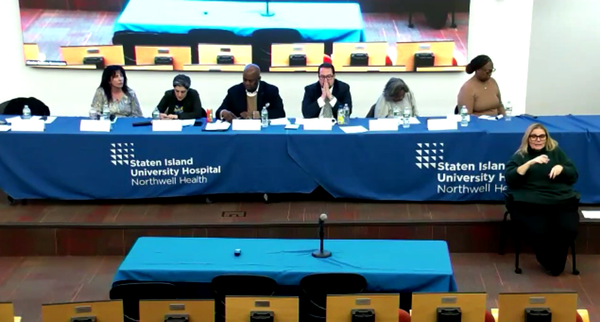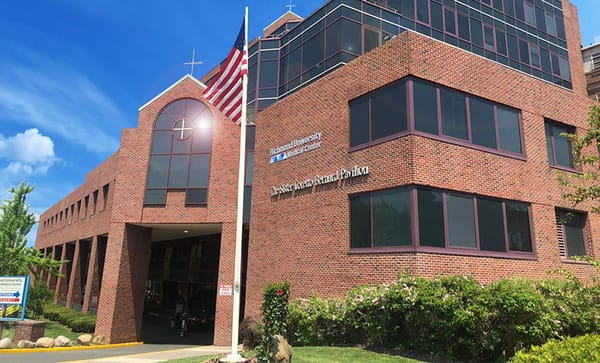A Last Stand for The Wetlands
Between a march and looming litigation to stop construction of a big box store, activists are urgently calling to save Graniteville wetlands

On Saturday, April 24 there will be a march bringing awareness to the effort to save the Graniteville Wetlands. Plans to build a BJ’s Wholesale Club store, gas station, and an 838-car parking lot at the site have faced strong opposition in recent years. In the past few months, however, many more groups and individuals on the Island have been mobilizing to protect the Wetlands as destruction approaches.
In December 2020 the NYC Department of Buildings (DOB) gave the developer Josif A LLC – a frequent commercial developer on the North Shore – permission to start clearing the forest, but activists have been exploring litigation to halt the demolition. The BJ’s project, which would remove 18 acres of marshland, could put thousands of homes and businesses at greater flood-risk, threaten local waterways with possible oil spills, and remove thousands of carbon-absorbing trees.
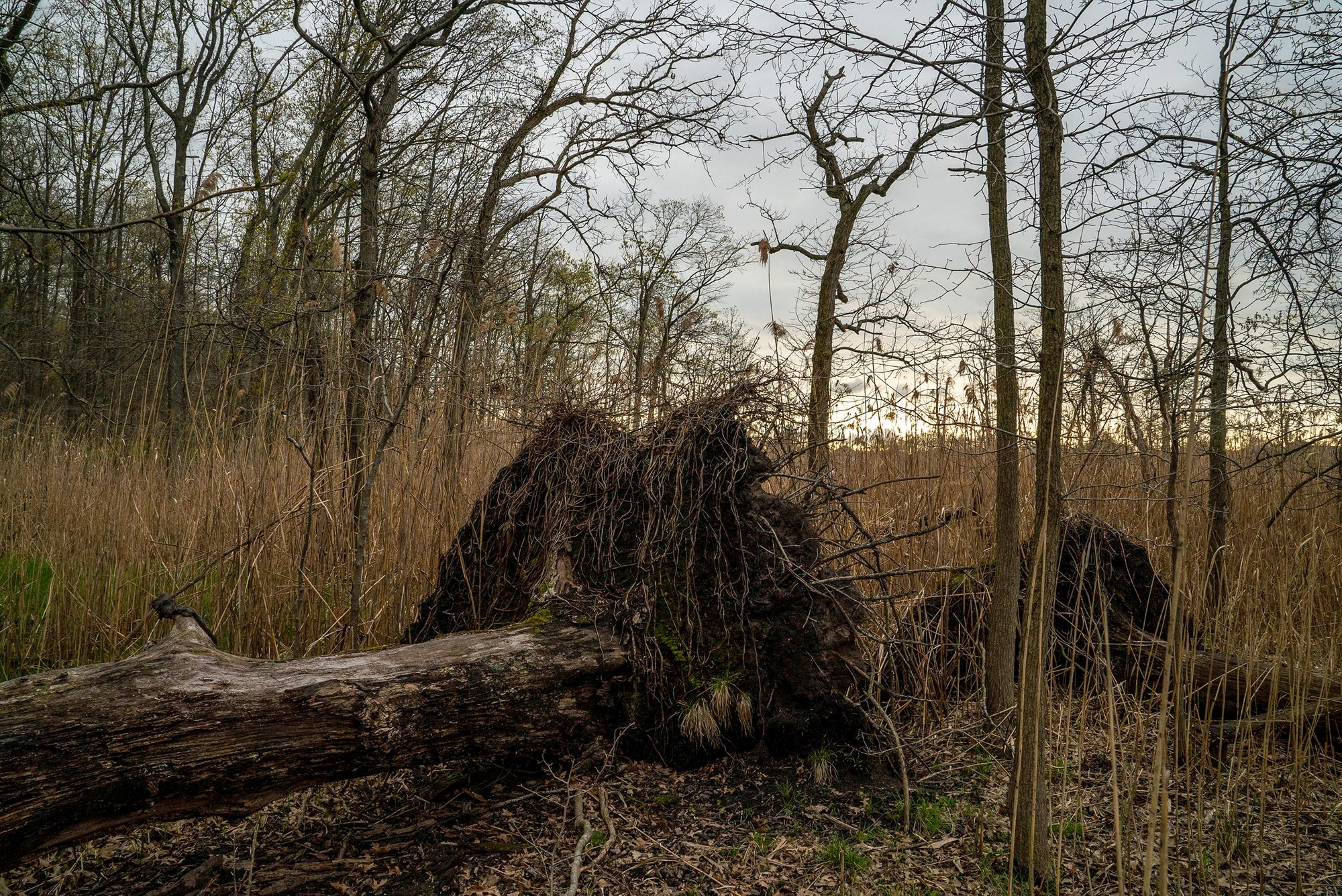
The City Council first gave the greenlight in 2017 after a series of votes to rezone the land, and approved the developer’s special permit request to build a commercial space in a manufacturing zone. Since then, the Staten Island Coalition for Wetlands and Forests (SICWF), headed by former Park's Department architect Gabriella Velard-Ward, has been leading the effort to save the Wetlands. Since the New York Times reported on the issue in October 2020, national and local groups have joined in on the effort. The Anthropocene Alliance and The Sierra Club’s Atlantic Chapter have thrown their national and regional support behind SICWF. Locally, Staten Island’s chapter of the Democratic Socialists of America has been conducting weekly meetings organizing individuals passionate about the cause. Citizen Action!, Staten Island Women who March, CWA Local 1102, SI Pride Center, and others have also pledged their support to protect the Wetlands and promote Saturday’s march.
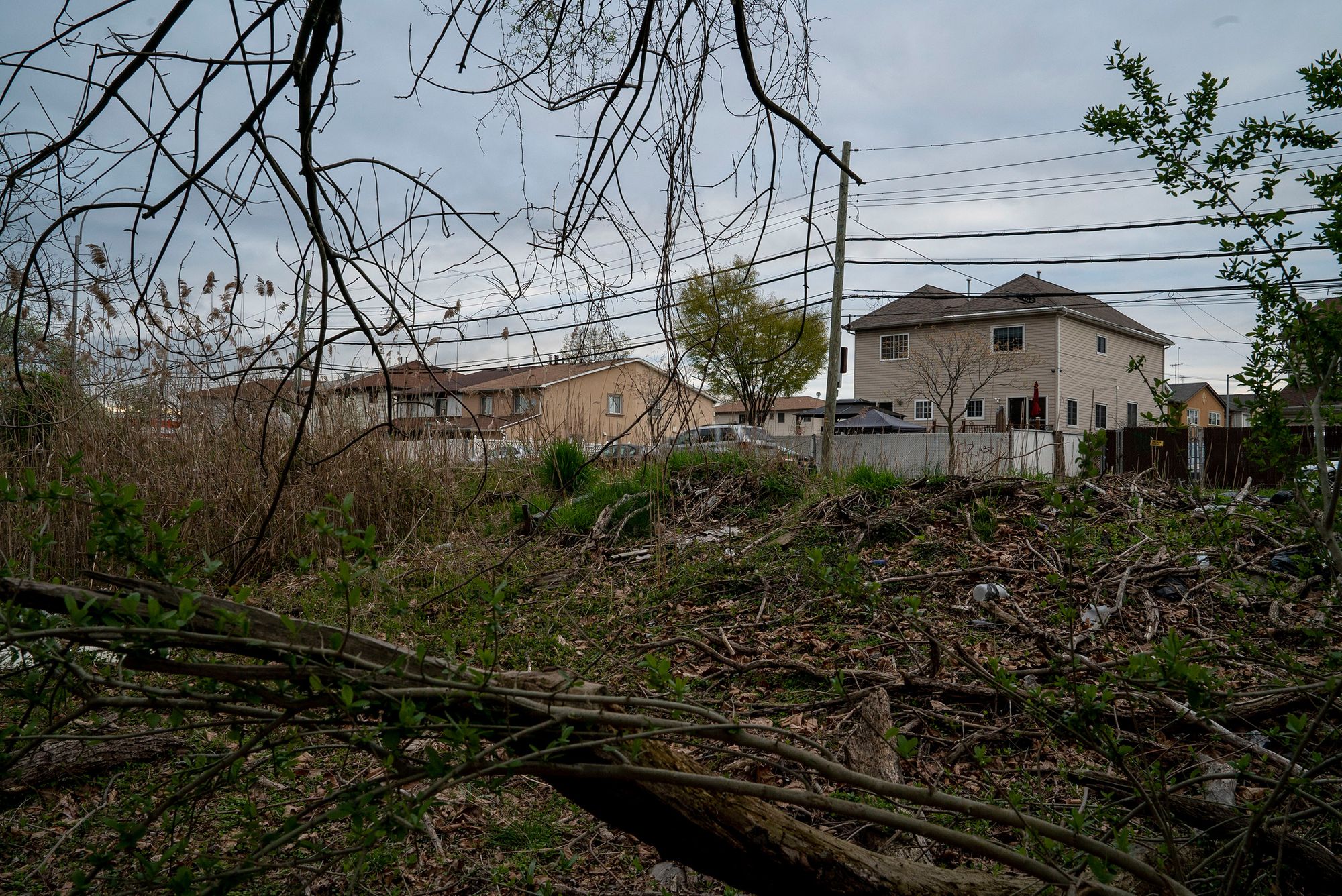
Head of organizing the April 24 march is local horticulturist, Aly Stoffo, better known on social media as forager and businesswoman, Glam Gardener. Stoffo brings much-needed attention to the copious greenspace Staten Island has to offer on Instagram, where she demonstrates foraging for edible plants and mushrooms. Stoffo has also been working on a short documentary about the Wetlands since 2019 to be released in June of this year. Stoffo got involved in grassroots Wetlands advocacy in 2019 when SICWF was first petitioning the New York Department of Environmental Conservation (NYSDEC). The group’s request for a public hearing was ultimately denied, but Stoffo stayed committed
“I was collecting petitions from the art community while working as a bartender selling my home-grown-mint mojitos in compostable cups,” she recounted.
She soon found herself an independent activist becoming more deeply involved in the cause as then a filmmaker and, two years later, an organizer of this Saturday’s march. The march currently has almost three-hundred marchers registered and growing support from local and regional groups.
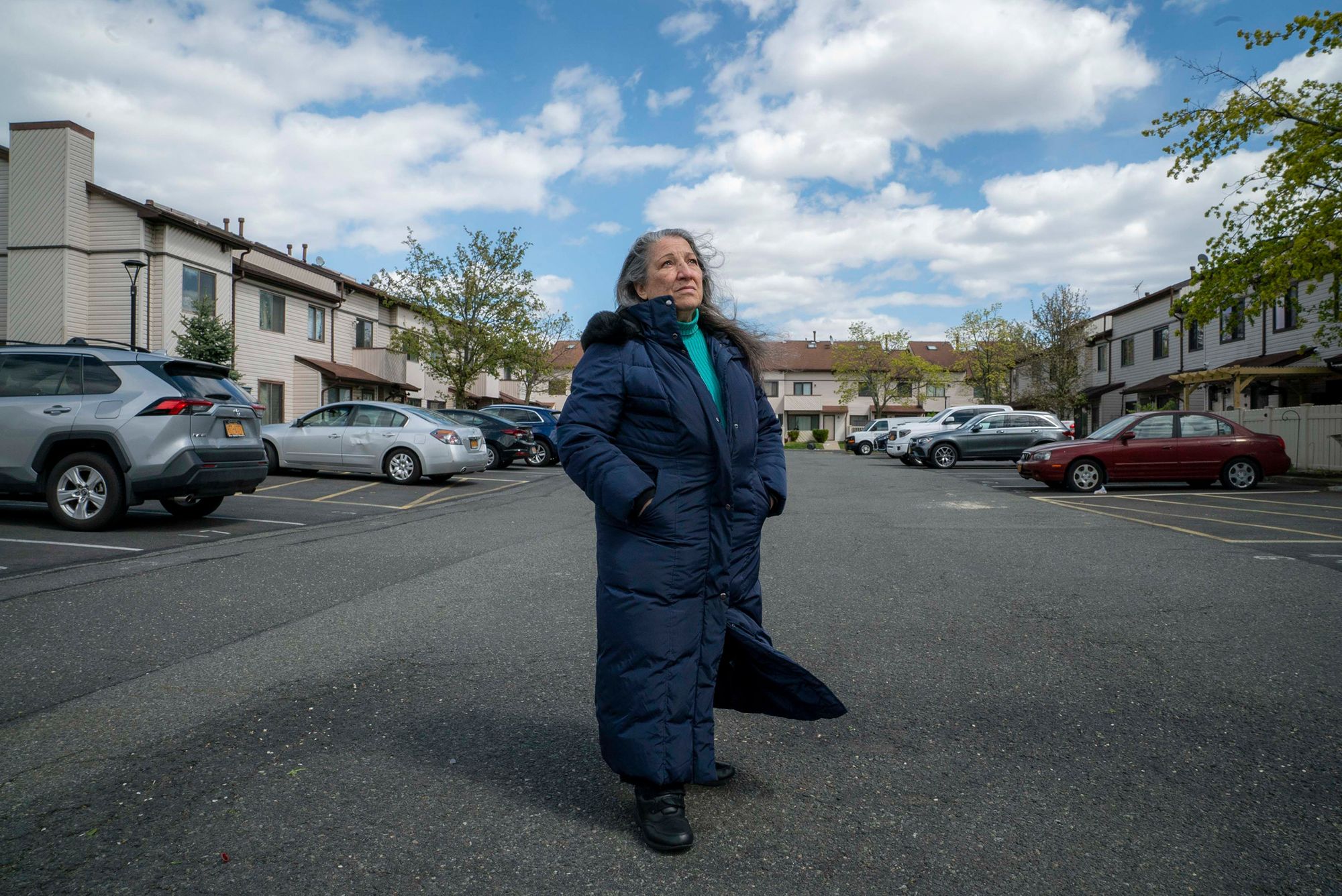
Velardi-Ward, a current Graniteville resident, is another unrelenting voice of the cause to save the Wetlands. She regularly gives interviews and lectures about the issue, and recently spoke with Peace Action Staten Island at a virtual conference.
Central to Velardi-Ward’s campaign to save the Wetlands is reminding folks that there is more at stake here than some trees; this is a microcosm of what is happening around the world. “We’re supposed to be lowering our emissions, not raising them,” Velardi-ward continued “we lose this forest, we lose the ability to sequester carbon, and by cutting them down we will lose that ability and allow emissions to occur.”
The site for the proposed development was previously zoned for manufacturing, but after going through the Uniform Land Use Review Procedure (ULURP) and a series of reviews by other city agencies, it fell to the City Council to make the final decision. In October 2017 City Council approved a special permit to build a commercial space at the site in a vote 50-1; the lone dissenting vote was cast by Inez Barron of Brooklyn’s District 42, who cited increased flood-risk as her reasoning.
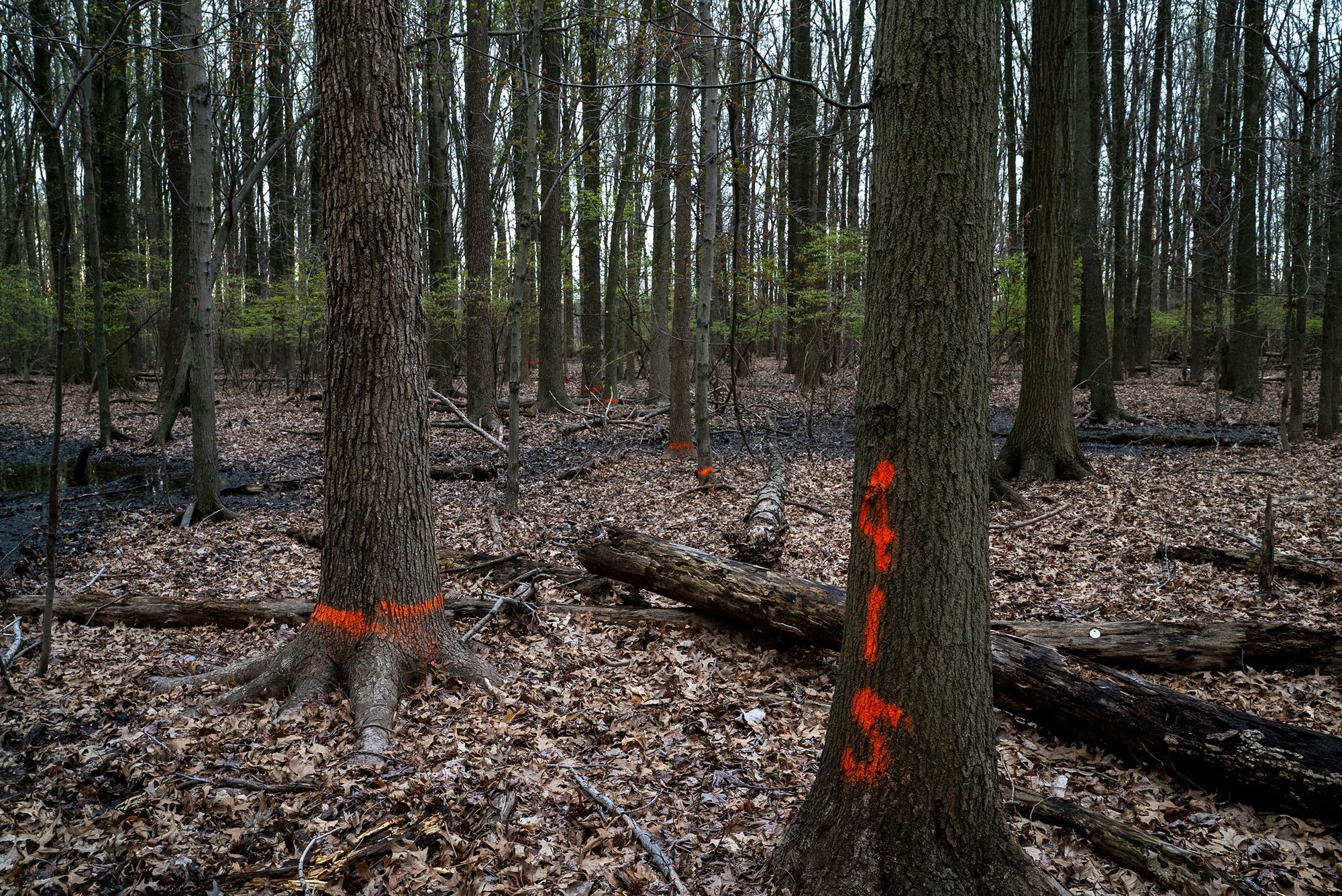
Ultimately, it was current District 49 City Council Member Debi Rose’s support for the plan that swayed the rest of the Council to follow suit and vote in favor for the development in her district. At the time, Rose characterized concerns from environmentalists, like Velardi-Ward of the SICWF and Tony Rose of the Environmental Communicators, as “scare tactics.” Land use lawyer and legal representative for Josif A LLC, Mitchell Korbey, suggested in unfounded claims that the “project will not only buffer the wetlands and protect them, but it will also improve their functionality.”
In 2019 the NYSDEC denied SICWF’s request for a public hearing - which was supported by 1,700 letters from Staten Islanders - citing insufficient need, and immediately granted the permit to demolish the area.
This setback did not stop SICWF and Velardi-Ward from continuing to demand justice. In late 2019 the group was ready to file a lawsuit against NYSDEC for granting the construction permit instead of conducting an ecological investigation in a timely manner, not hosting a public hearing, and refusal to provide a sufficient environmental impact statement (EIS). However, changes in legal representation and the beginning of the COVID-19 pandemic led to delays in the suit’s progress. SICWF still hasn't had their day in court. “In three years, we have not been able to present our merits in a courtroom,” Velardi-Ward recently remarked.
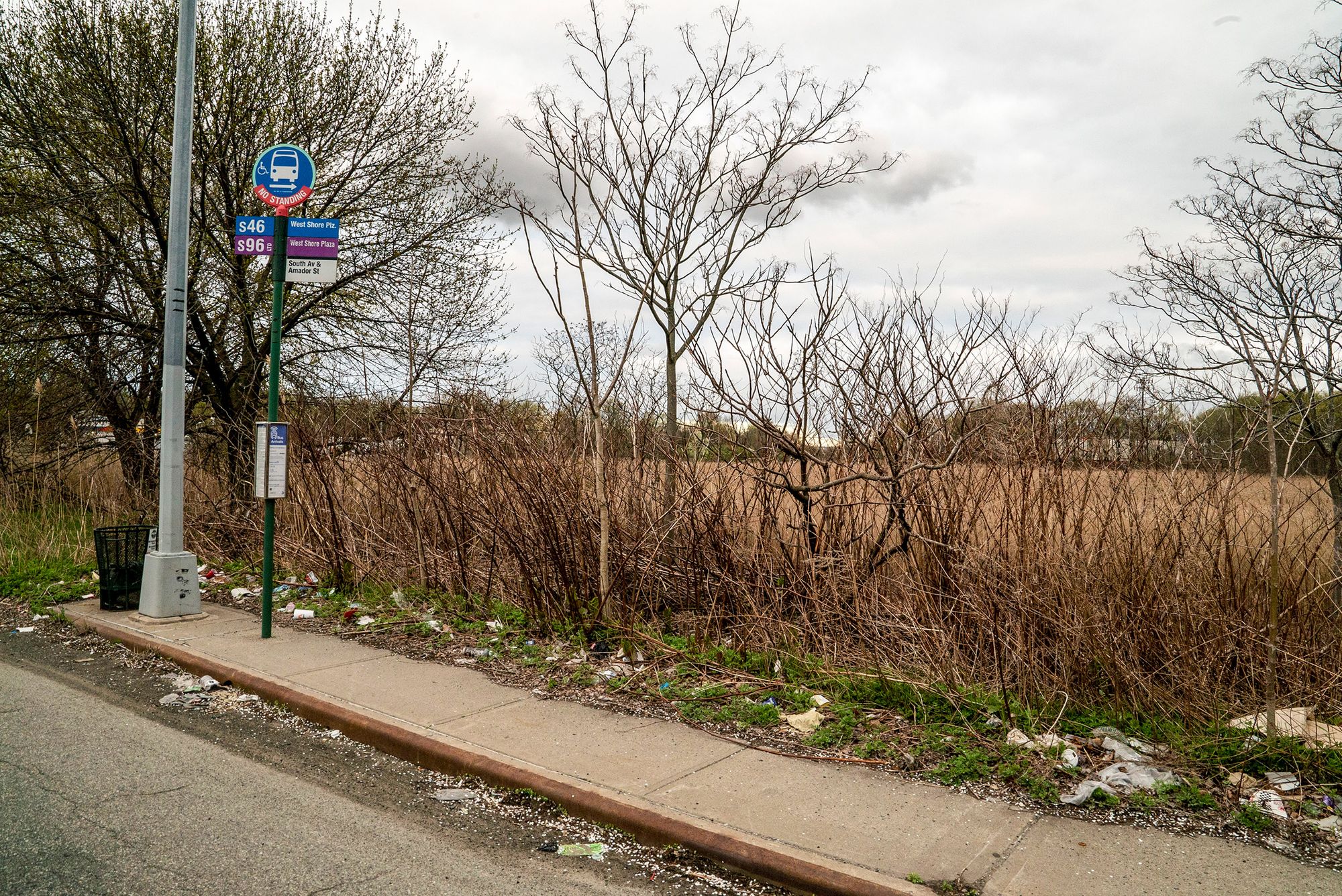
In December 2020, when NYC DOB gave Josif A LLC permission to clear the land, SICWF regrouped. At the beginning of March they appealed a previous ruling and eventually filed for an injunction to pause the demolition of the area. A decision on the injunction is expected no later than May 1.
Some see the necessity of the injunction as a result of uneven enforcement by the NYSDEC in determining which areas are and aren’t protected by New York’s environmental conservation law. The difficulty of mapping the Wetlands due to their ever-changing nature has led to inconsistent classification of the land.
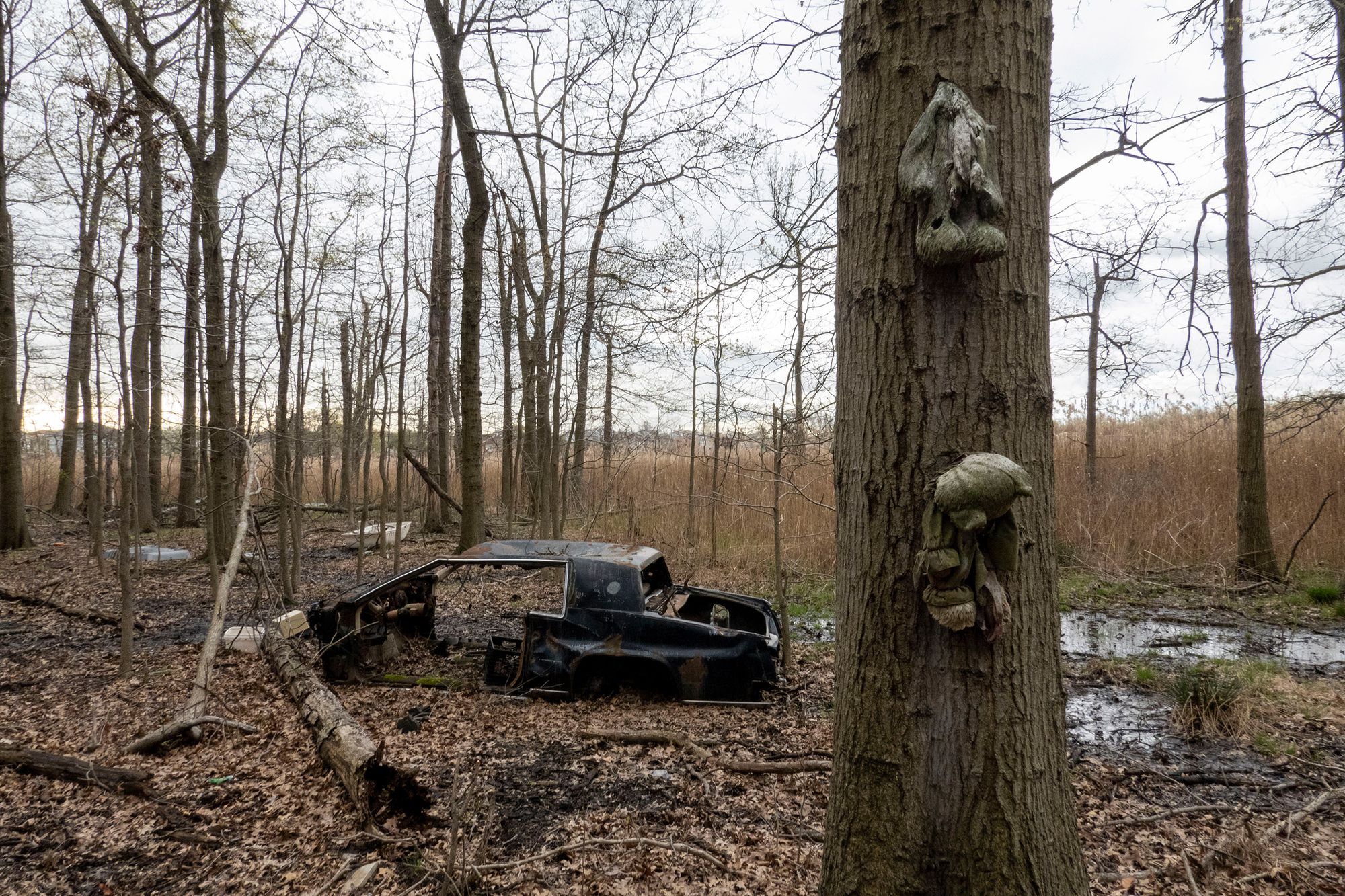
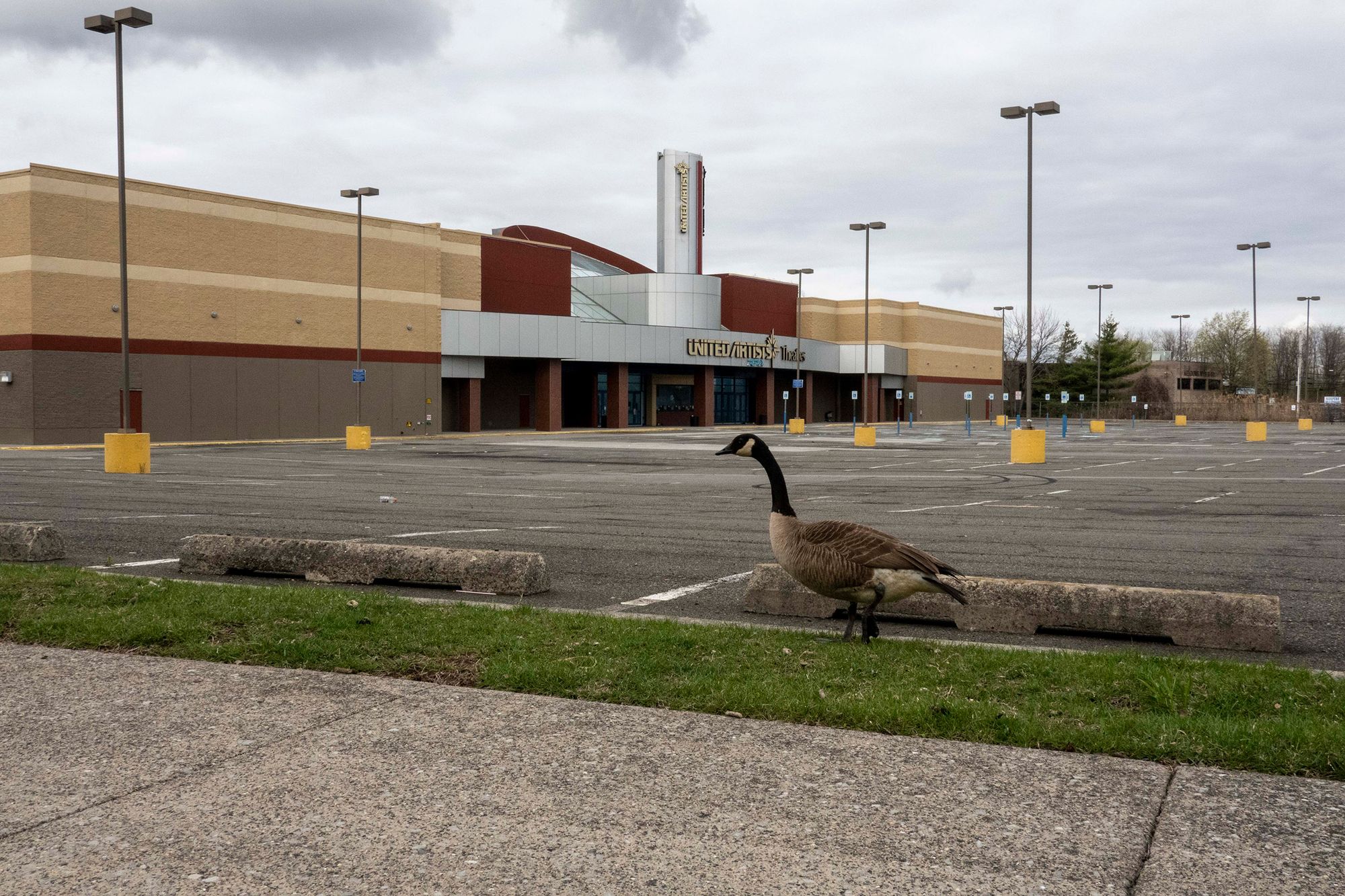
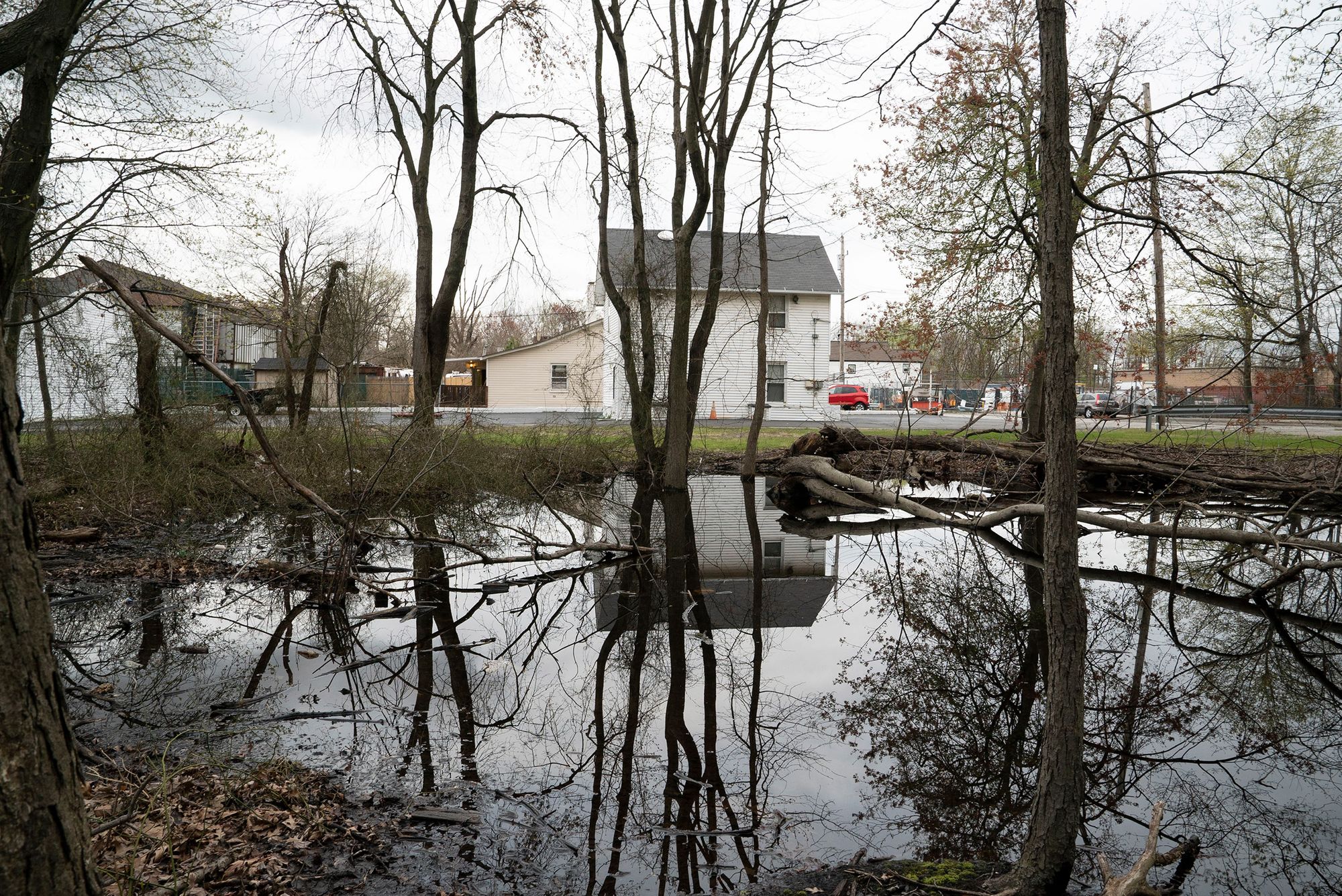
“It’s very important to be mapped, and it’s very important to be publicly owned,” noted Velardi-Ward when asked about how wetlands are classified. The federal Fishing and Wildlife Service only designates some parts of the Graniteville Wetlands area as wetlands – notably, not the privately-owned portion. For decades the landowners (first Joseph, and now Charles Alpert) have been fighting to develop their land commercially. In 2012, NYSDEC approved the Alperts’ claim that 18 acres of their nearly 30 acre property – some of which was previously classified as “within and adjacent” to the Graniteville Freshwater Wetland – was now suitable for development.
Although NYSDEC acknowledges that “wetland boundaries are likely to change over time, and the law provides for amending the maps to reflect these changes,” Velardi-Ward wishes that rule could be enforced now. In November 2020, she noticed a previously uncharted body of water in the area slated for the BJ’s. Based on the NYSDEC rule, discovery of this new body of water should trigger a new investigation to reclassify some parts of the area.
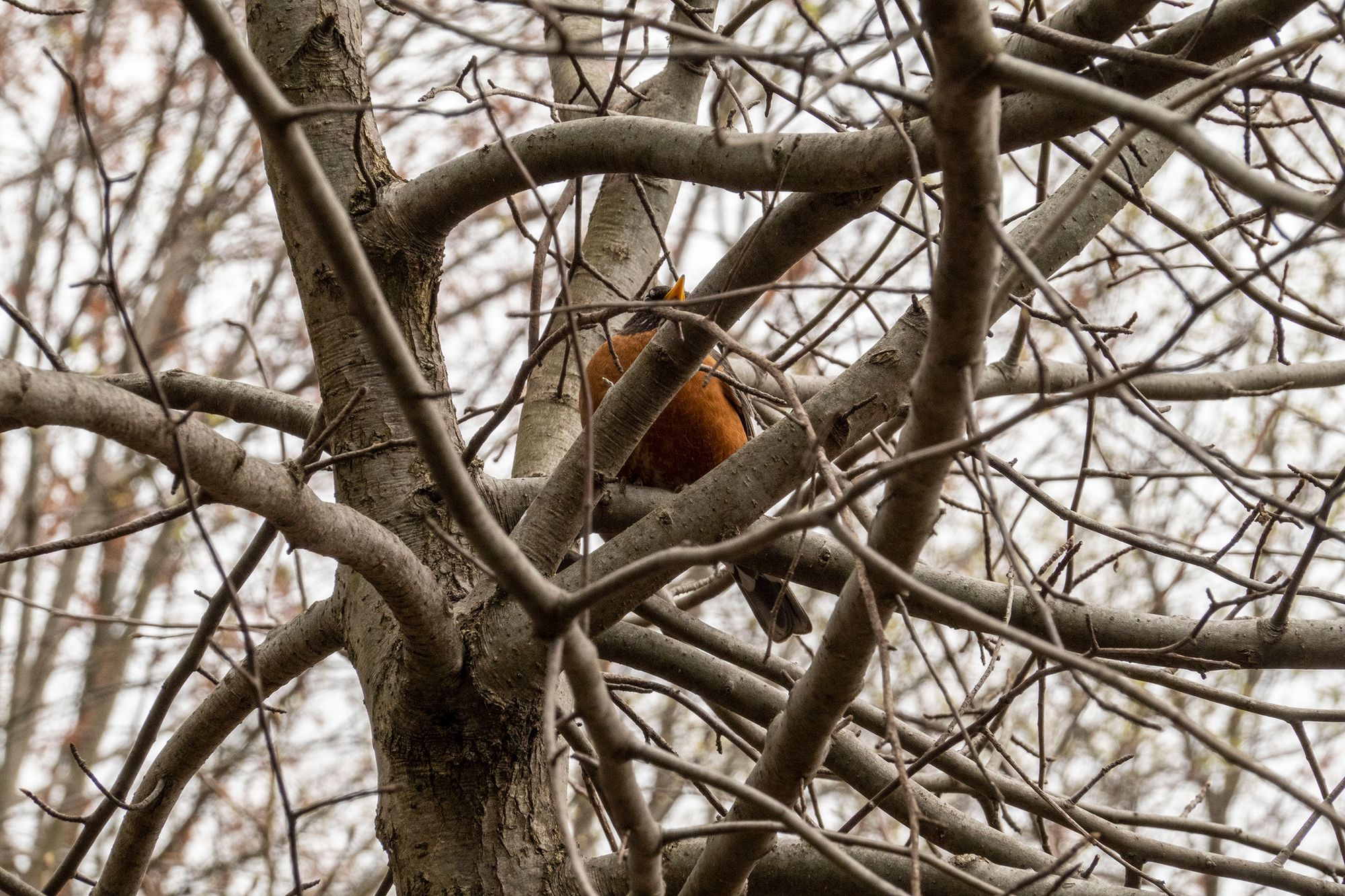
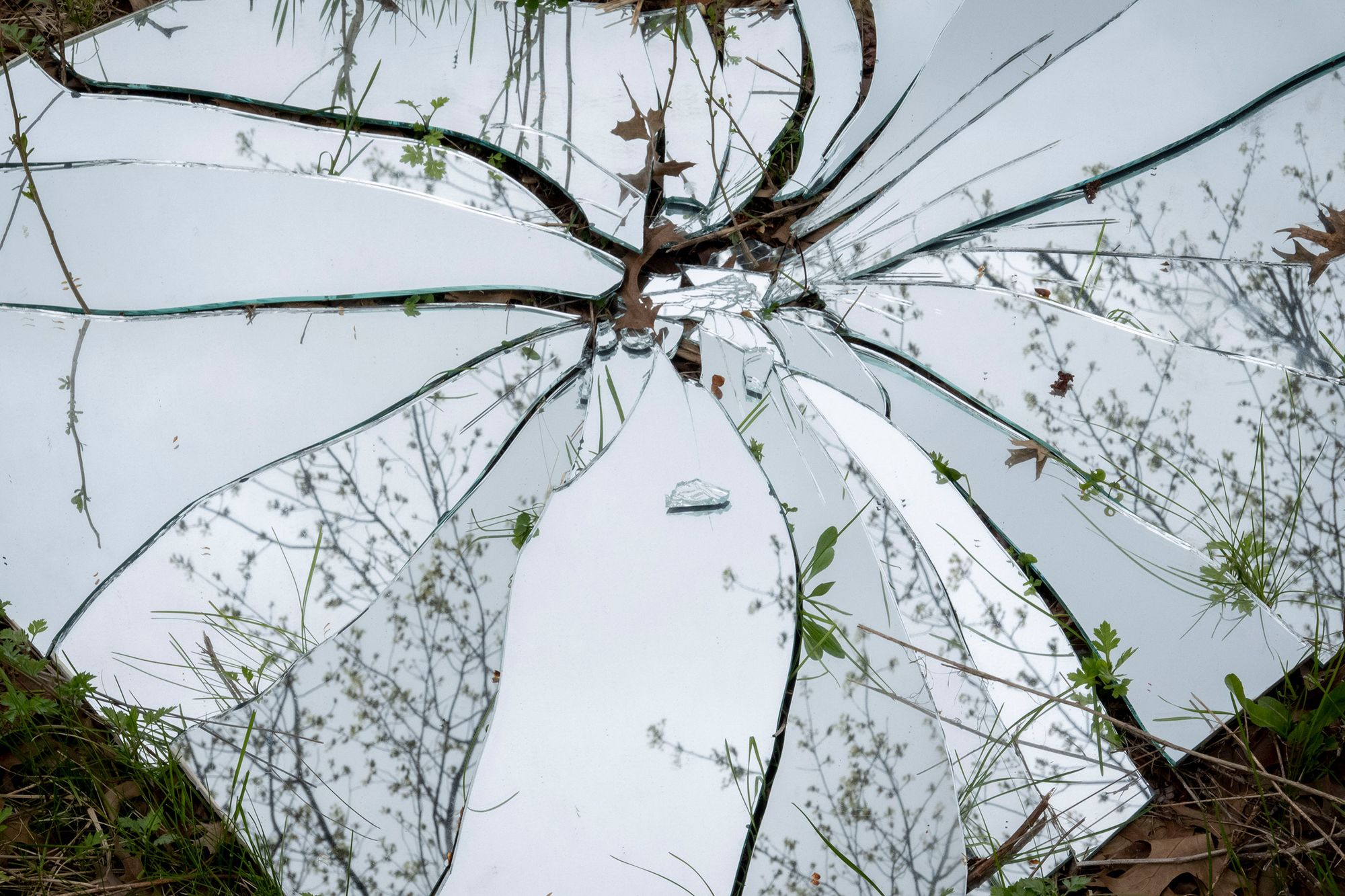
The situation at the Wetlands is just one example of concerns regarding overdevelopment, gentrification, industrialization and corporatization of the North Shore. A new wave of development in recent years spearheaded by multinational corporations like Amazon, Ikea, and BJ’s is reducing the last remaining greenspace in favor of large warehouses and stores, as well as increasing commercial traffic. This has led to disproportionate increases in environmental hazards. In contrast, the South Shore is the beneficiary of huge investments from the city, including funds from the city’s Department of Environmental Protection (DEP), to protect and expand greenspace while providing better flood protection and water management.
There are some who worry that if the injunction fails, the Wetlands could only be saved by being purchased by the city, state, or another entity and rezoned as a park. Though unlikely, it's clear that many in the area want developers, environmental groups, and state and city leaders to protect one of the most significant greenspaces in the most industrial corner of the Island: the last forest on Forest Avenue, and now a prominent symbol of Staten Island’s climate movement.
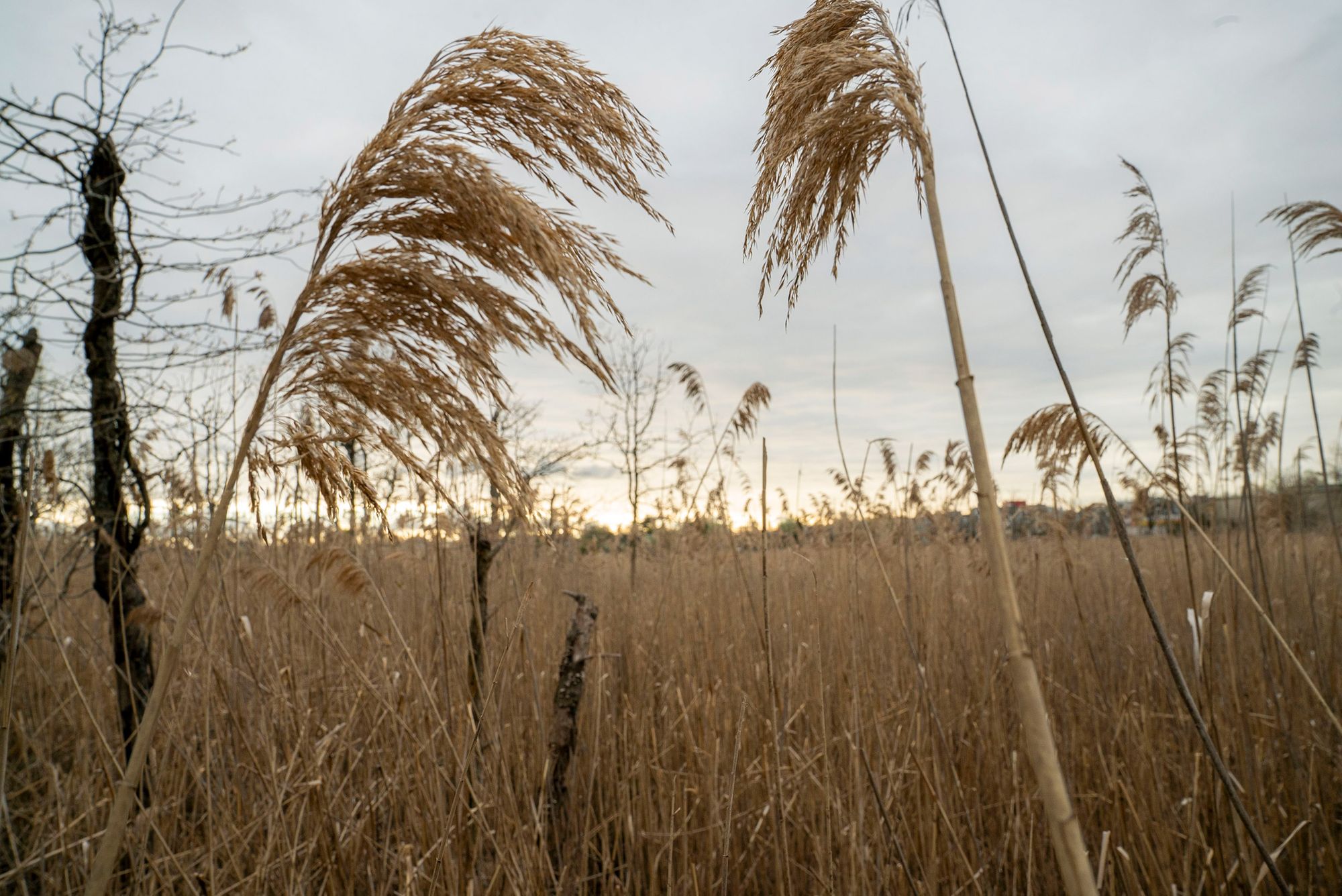
Photographs by Paul Moakley for Plea For The Fifth

